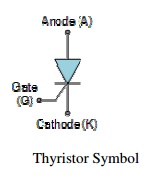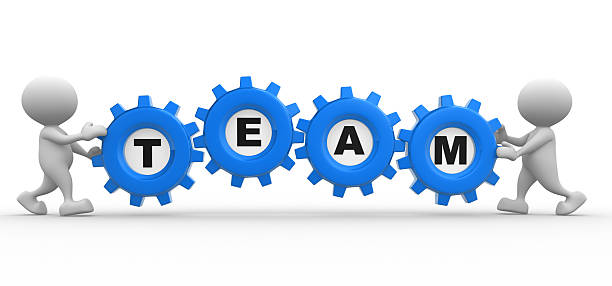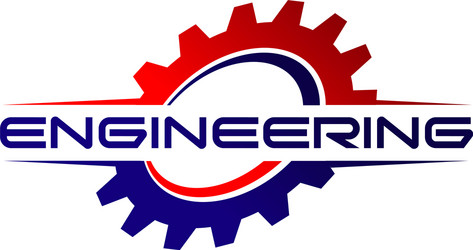TRIAC and SCR
TRIAC, from triode for alternating current, is a genericized trade name for an electronic component that can conduct current in either direction when it is triggered (turned on), and is formally called a bidirectional triode thyristor or bilateral triode thyristor.
TRIACs are a subset of thyristors and are closely related to silicon-controlled rectifiers (SCR). However, unlike SCRs, which are unidirectional devices (that is, they can conduct current only in one direction), TRIACs are bidirectional and so allow current in either direction.
Another difference from SCRs is that TRIAC current can be enabled by either a positive or negative current applied to its gate electrode, whereas SCRs can be triggered only by positive current into the gate. To create a triggering current, a positive or negative voltage has to be applied to the gate with respect to the MT1 terminal (otherwise known as A1).
SCR
In many ways the Silicon Controlled Rectifier, or the Thyristor as it is more commonly known, is similar to the transistor. It is a multi-layer semiconductor device, hence the “silicon” part of its name.
It requires a gate signal to turn it “ON”, the “controlled” part of the name and once “ON” it behaves like a rectifying diode, the “rectifier” part of the name. In fact the circuit symbol for the thyristor suggests that this device acts like a controlled rectifying diode.

Thyristor Symbol
The silicon controlled rectifier SCR, is one of several power semiconductor devices along with Triacs (Triode AC’s), Diacs (Diode AC’s) and UJT’s (Unijunction Transistor) that are all capable of acting like very fast solid state AC switches for controlling large AC voltages and currents.
So for the Electronics student this makes these very handy solid state devices for controlling AC motors, lamps and for phase control.

